Roseburg, Oregon
CNN
—
Driving into Roseburg feels like entering a postcard.
The small city, tucked in the mountains of southwestern Oregon, sits inside the Umpqua Valley, where magnificent peaks tower over luscious pine forests and a maze of streams and waterfalls.
The main road winds alongside the Umpqua River, which stretches 111 miles and zigzags through downtown Roseburg. Byways lead to hidden fishing holes and cliffs, off which teens carelessly dive on blistering summer afternoons. Along the way, flower farms captivate the senses with notes of peonies and lavender.
The people of Roseburg are equally charming. They’ve worked hard to transform their community from an old timber town into a destination for nature lovers, and welcome visitors with open hearts and warm smiles.
If it weren’t for the hidden – perhaps even silenced – trauma that lies just beneath the surface, Roseburg would be idyllic.
In 2015, Roseburg became the backdrop to a mass shooting so heinous and brutal it shattered the community’s sense of safety. The slaughter of nine people at Umpqua Community College exposed vulnerabilities many weren’t prepared to face.
“Communal PTSD permeates this place,” says Al Jenkins, who’s lived here all his life. Many remain paralyzed by pain, sorrow and fear, even if they don’t – or can’t – talk about it. It’s a feeling shared by communities across the United States that have been traumatized by the scourge of gun violence. The US has experienced more than 3,900 mass shootings since the Umpqua tragedy, according to the Gun Violence Archive.
Even in a city as lovely as Roseburg, a massacre “can’t not change the way you look at things,” he says.
Some have tried to heal. Others have buried their anguish and refuse to stir it up. But nearly eight years later, the city of Roseburg still lives in its shadow.
“You see the world in a different way,” Jenkins says, “when tragedy comes that close.”
Professor Jenny Friedman was in her office preparing for a writing class on the morning of October 1, 2015, when loud bangs suddenly rang out at Umpqua Community College.
At first, she thought it was the sound of a science experiment taking place in a nearby classroom. But the rush of frightened students pouring out of Snyder Hall revealed the grim truth.
Someone had opened fire in a classroom, and no one was safe.
Time appeared to slow down, in contrast to the panicked beating of her heart. A fleeing student ran so fast that he crashed into her office window, falling to the floor before hurrying away. A fellow professor, who was also in the office, closed the blinds and locked the door. The pair hid underneath their desks as the sounds of bullets and screams echoed through the building.
It was abject terror. Friedman lost her breath and began shaking uncontrollably. She could hear students begging for their lives. It would happen in bursts – muddled speech, cries for help and then gunfire.
POP. POP. POP.
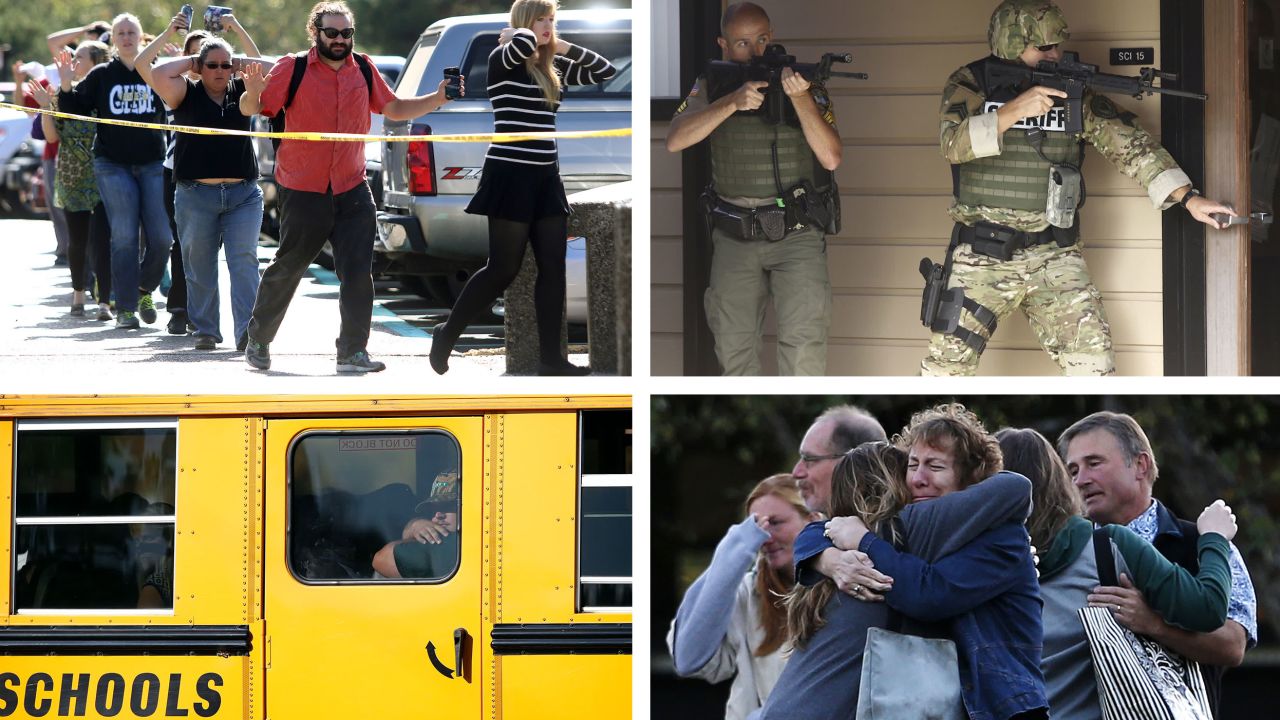
The shooter, a 26-year-old student, was slow and methodical, asking some of the victims personal questions, including their religion, before executing them. A classmate, whom the killer dubbed “the lucky one,” was spared to witness the carnage and deliver an envelope to police. It contained his writings, which detailed his frustrations in life.
After engaging officers in a brief shootout, the killer turned the gun on himself and died by suicide.
By the end of the rampage, a professor and eight students were dead. Nine students survived, though many of them had serious gunshot wounds to the head, abdomen or limbs.
The attack was over in minutes, but the trauma it inflicted would permanently reverberate throughout the Umpqua Valley.
As first responders evacuated Friedman from the building, she caught a glimpse of two survivors sitting on a bench.
“I thought they were painted for a football game – I couldn’t understand what was on their faces,” she says. “It’s like my mind just could not grasp any of this.”
They were drenched in blood.
Years later, physical evidence of the massacre still scars Roseburg, home to some 20,000 people. But you have to look closely to spot it.
Faded stickers on cars and businesses read “Roseburg Strong.” Homes and the fire station display green metal signs in the shape of Oregon with a heart cutout marking Roseburg.
Synder Hall has been razed and replaced with Tapʰòytʰaʼ Hall. The name means “to prosper, to be blessed” in Takelma, the language of the local Cow Creek Band of Umpqua Tribe of Indians.
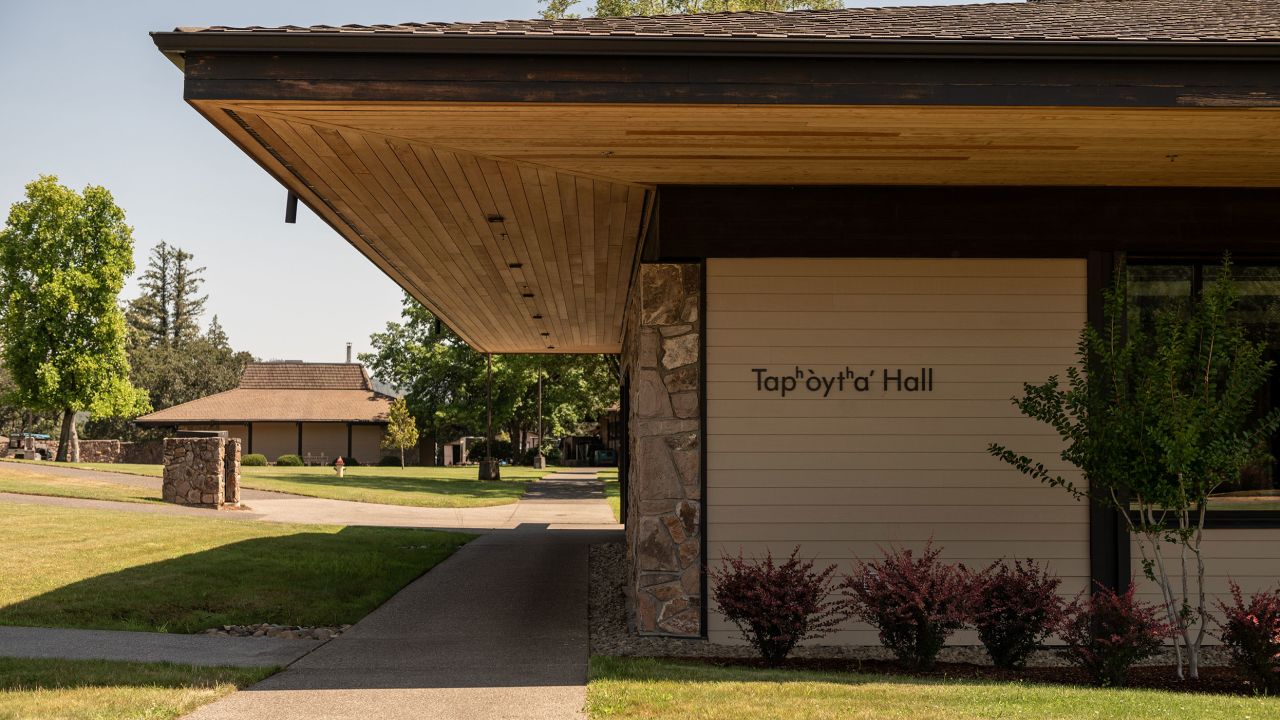
The community college holds an annual Day of Remembrance. It also built a permanent memorial on campus overlooking the roaring Umpqua River. Nine illuminated metal globes made from cutout hearts perch atop stone columns to honor each of the slain. Students often lounge on the stairs leading to the memorial, reading, eating or lost in silent reflection.
Harder to spot are the emotional scars that run throughout the city.
Friedman, 56, recalls how quickly her mind unraveled after the shooting. Conversations sounded like gibberish, she says, and suddenly she couldn’t remember how to do math.
“I would be driving and then suddenly be somewhere I had no intention of going,” Friedman says. “I would make copies of materials for classes, go to class, have no materials, and never find the materials either. I have no idea if I dreamed of making copies; it’s still a mystery to me.”
She returned to Umpqua Community College just one week after the shooting but transferred after the school year ended, hoping a change of environment would bring relief. Things only got worse.
Days at work were spent crying and fighting a terrible urge to hide under her desk, Friedman says. She had panic attacks so severe they ultimately led her to stop teaching for two years while she focused on her mental health.
“Any echoes or loud noises sent me into a panic immediately,” she says. “I was unable to look anyone in the eye. I had no idea how far from functioning normally I really was and just kept trying to go on. I did not talk about the shooting at all.”

Memories from the first three years are sparse, she says. Her mind has erased moments she wishes she could remember but often reminds her of the ones she desperately wants to forget.
Years of therapy have helped fill some of the gaps. But like the darkest, whirling undercurrents of the Umpqua River, her trauma runs deep.
“I thought that I had early onset dementia and spent time planning who would be the guardian for my son,” Friedman says. “I’m missing almost three years of my life – my memory is still coming back in bits and pieces.”
Inside Janet Perkins’ home, grief clings to the ceiling like a heavy fog, floating room to room, seeping through the crevices.
Among the students gunned down at Umpqua Community College was her son, Quinn Glen Cooper, a tall freshman with a bright smile and a penchant for silly jokes.
At just 18, Quinn seemed to have his whole adult life ahead of him. He enjoyed video games, cosplaying anime characters, mixed martial arts and ballroom dancing.
“I made it through so much in life that I couldn’t believe I could survive,” Perkins, now 55, says. “But when Quinn was killed, I felt that was it. I was so broken I thought I could never be fixed.”
The void left by Quinn’s death has swallowed nearly every inch of Perkins’ home, from walls full of photographs to his old bedroom, which she rearranged and painted in a failed attempt to soften the impact of his loss.
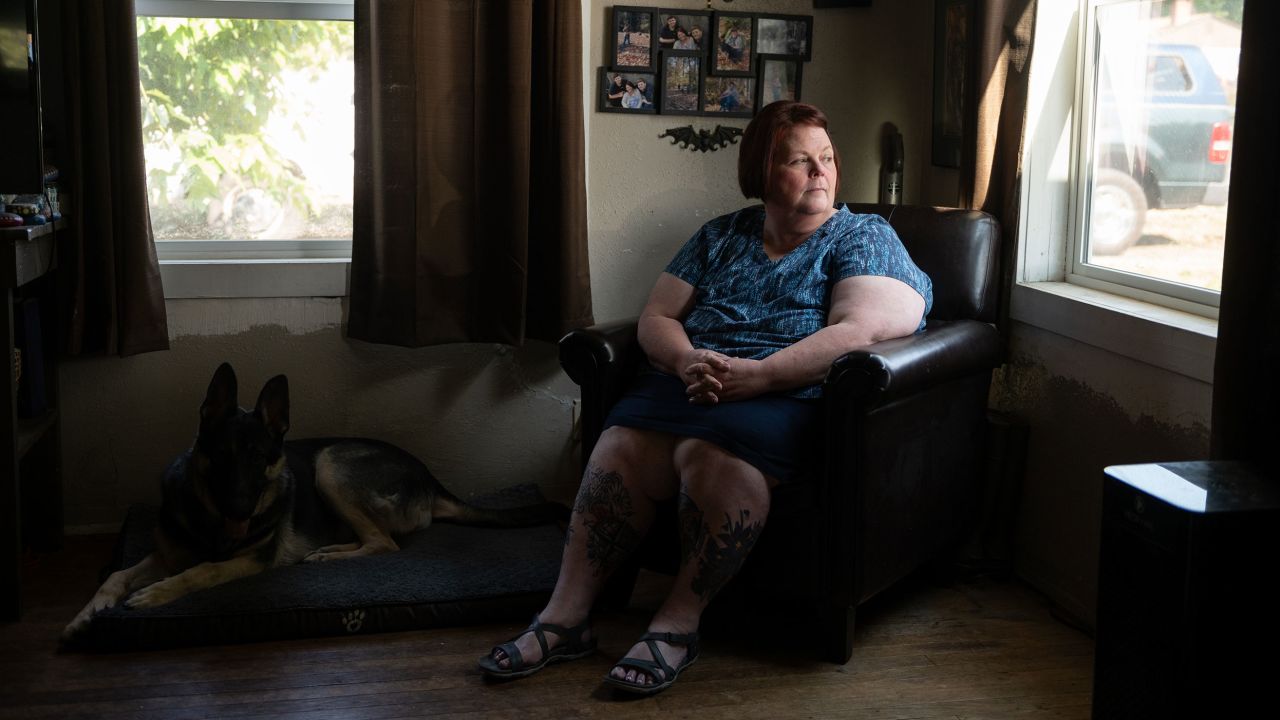
“That’s my baby,” Perkins says, staring at her favorite photo of Quinn hanging on the brown living room wall. In it, he’s wearing boxing gear, smiling with one arm up, ready to hit a punching bag.
Alongside it hangs a photo of Perkins sitting on a bench by his grave.
Down the hall, her elder son, Cody Glen Perkins, has transformed a mahogany dresser in his bedroom into a shrine for Quinn. It’s covered in photos and other cherished memories.
Since Quinn’s death, Cody and his mother have struggled with mental and physical health conditions they believe were brought on or exacerbated by grief. They’re both in therapy, which is a work in progress, Cody says.
“You’ll have good days, maybe even good weeks, but then you hear something or see something that will remind you of them, and – poof – all that progress is gone,” he says.
After Quinn died, Perkins lost most of her hair, including her eyebrows and eyelashes. It’s only in the past year that they finally started growing back.
“My body has really deteriorated since we lost Quinn, and I’ve learned a lot about what grief can do to you, not just mentally but physically,” she says, pointing to her walker. “It was like our bodies were carrying so much, too much, and they just couldn’t take anymore.”
If Quinn were alive today, he’d probably be somewhere in Germany, his older brother says. Cody closes his eyes and smiles as tears streak down his cheeks. For a blissful moment, he imagines his brother living abroad as he had always dreamed, trying new food, perfecting a foreign language.
“Yeah, he’d definitely be in Germany,” says Cody, now 31 – the age gap between the two now only ever-widening.
As he opens his eyes, the smile disappears.
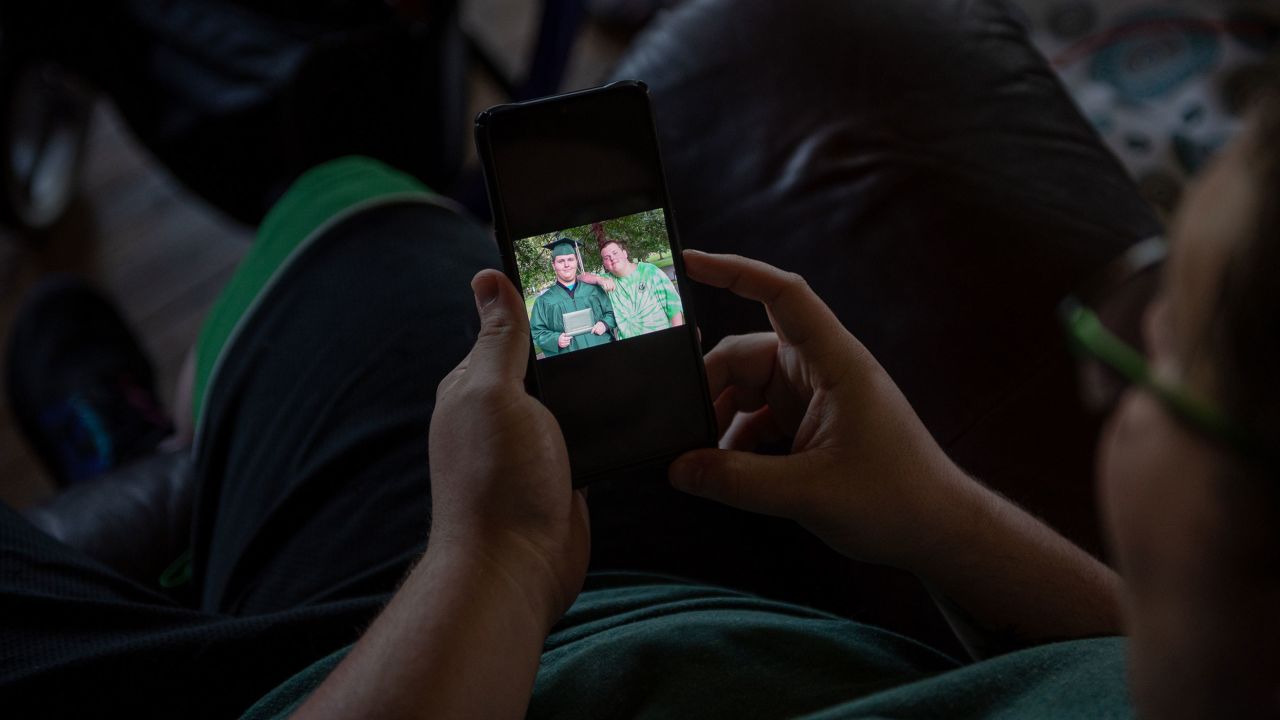
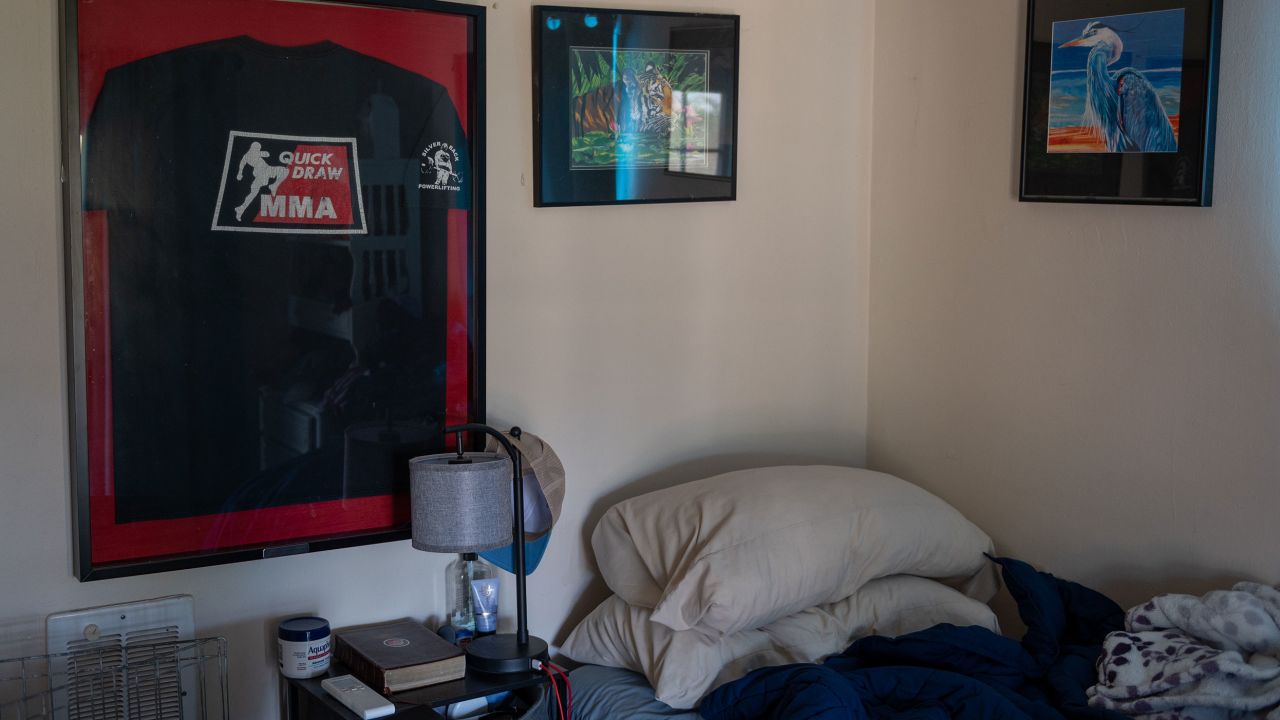
Right after the shooting, the nation’s attention turned to Roseburg. Reporters swarmed the city, covering every angle to the story, while politicians and advocacy groups reignited debate over gun control.
When then-President Barack Obama arrived to meet with grieving families, protesters lined a street denouncing what they called his “anti-gun agenda.” Days earlier, he had delivered a statement on the tragedy in which he lamented how routine mass shootings had become in the country and called for stricter gun laws.
Meanwhile, the Roseburg community rallied together like never before. Neighbors made signs, hosted fundraisers and took turns checking in on survivors and victims’ families. Nearly everyone contributed in their own unique way.
James Walls, owner of Jackson Street Tattoo, cleared his schedule for an entire day and spent it giving locals $50 tattoos – either an outline of the state or “Roseburg Strong” – with all the money going to help victims.
About 12 hours of nonstop work and nearly 100 tattoos later, Walls and his team raised $13,000 from tattoos and additional donations. “That’s what this town is,” he says, standing arms crossed in front of his shop in downtown Roseburg all these years later. “That’s why I want to be here.”
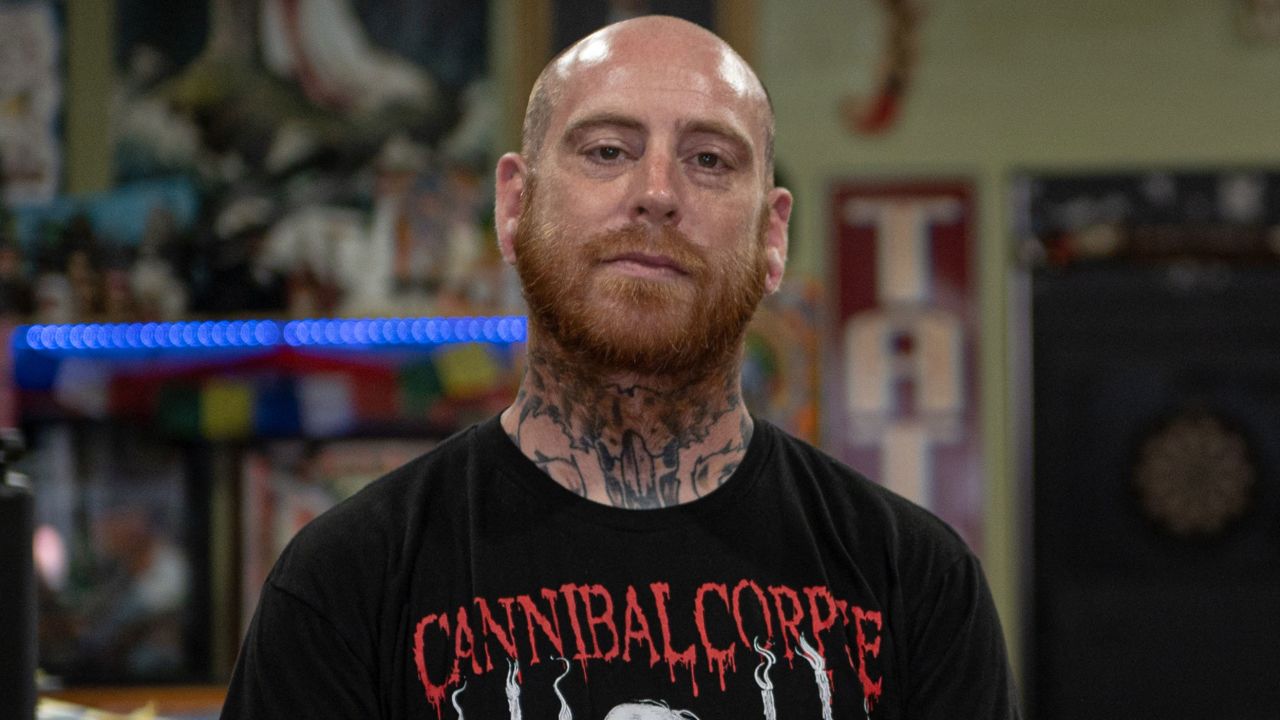
The love and support of neighbors helped sustain Perkins and Cody at the darkest moment of their lives, especially when community leaders fell short, Cody says.
“My friend owned a hair salon, and I’d go to get my hair done, and I’d cry, I’d laugh, I’d sob, I’d joke,” Perkins says. “It was a safe space for me, where I wasn’t judged or looked at funny. People cried with us.”
But as time passed, the city seemed to move on, leaving those most directly impacted by the shooting to grieve and process what had happened on their own.
Perkins recalls the day a local coffee shop took down the “Roseburg Strong” sign that hung in its window for years. When Perkins asked why, an employee told her a customer had complained “it was too depressing.”
“It felt like there wasn’t space for our sadness anymore, like everyone just wanted to forget it happened,” Perkins says.
Even city officials began talking less and less about the tragedy. They honored the dead but did not provide long-term resources to help community members heal from the trauma, she says.
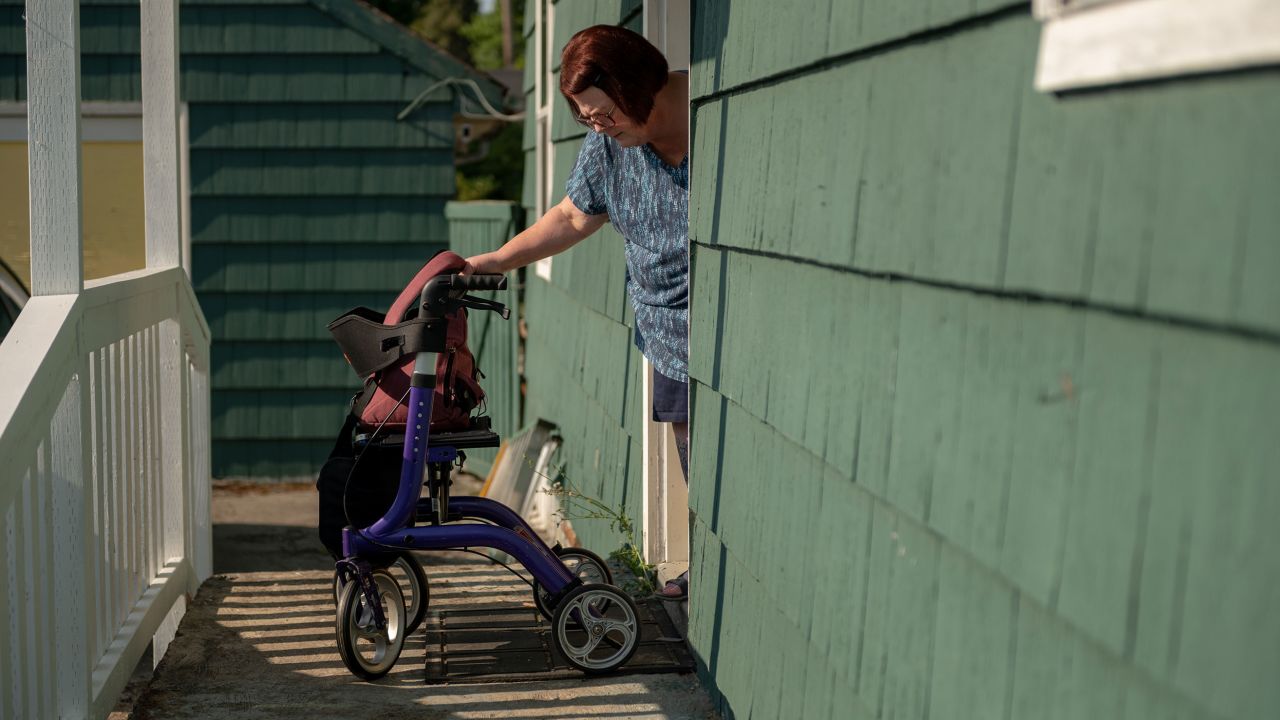
Roseburg’s mayor, city council and police chief did not respond to repeated requests from CNN for comment. Suzanne Hurt, a communications specialist for the city, declined to comment, citing concerns that doing so could reopen old wounds. She also rebuffed attempts to speak with firefighters, telling CNN those who did would be fired.
Similarly, multiple calls and emails to the Douglas County Sheriff’s Office, Board of Commissioners, Public Affairs Office and Local Public Safety Coordinating Council went unanswered. An Umpqua Community College spokesperson also declined to comment.
By staying silent, the city may keep its distance from the agony of the shooting, and the fear and loss churned up by its wake. But they also do residents a great disservice, says Lance Colley, Roseburg’s city manager at the time of the shooting.
“You can’t ignore what happened, especially when people are still dealing with the aftermath years later,” he says.
Colley, who now works for community wellness group Thrive Umpqua, believes the shooting left the Roseburg community with permanent damage, and that officials’ lack of long-term support may have made matters worse.
“We have to acknowledge the trauma and accept that for people who responded, people who were on campus, people who saw what that did to us, it will never go away, not now or in seven years,” he says.
Roseburg is not a sad place. Moments of joy and kindness are abundant. On a quiet July evening at the Safeway grocery store, a cashier embraces a customer in a warm hug. An hour earlier at the local McMenamins, two families seated at tables on opposite sides of the restaurant decide to join each other.
In the middle of Stewart Park, live music reverberates throughout the field as friends and strangers find each other’s hands and dance as one. Nearly eight years earlier, shocked and heartbroken neighbors gathered on the same field for a candlelight vigil.

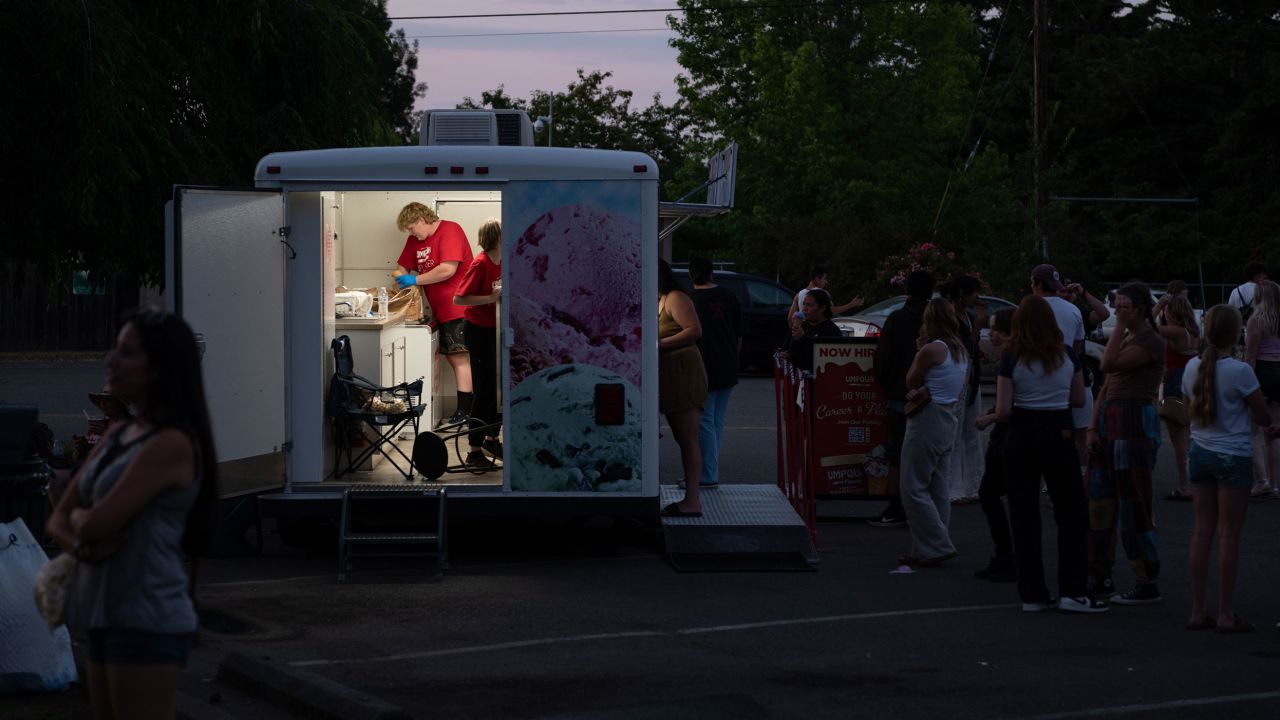
It feels like everyone here is family – and families don’t abandon each other when tragedy strikes. But even among kin, words unspoken, feelings left unexpressed can fester and transform into great pain.
That’s what happened here, says Jenkins, the lifelong Roseburg resident.
The retired therapist treated community members after the shooting. Some, like Friedman, Perkins and Cody, got regular mental health care. But others suppressed their feelings, self-medicated with drugs or alcohol, or just left.
While sifting through a collection of newspaper and magazine articles about his work piled on the kitchen table, Jenkins pauses to reflect on the case of a community member whose inconsolable grief led to suicide. “It’s heartbreaking,” he says.
Citing his own experience working with survivors and victims’ families, Jenkins, 60, believes Roseburg is experiencing a mental health crisis. Many folks, including former Umpqua Community College staff and students, can no longer work or function in the community due to their insufferable anguish, he says.
Even worse, they suffer in silence.
“It’s very much a ‘put-up-or-shut-up’ environment,” Jenkins says. “You’re weak if you have to talk to someone about your problems. You’re not strong, you’re not a man.”
He attributes that machismo to Roseburg’s tough timber town roots and favorite past times, including hunting and fishing. It’s a community where many people aren’t comfortable lying on couches talking to therapists.
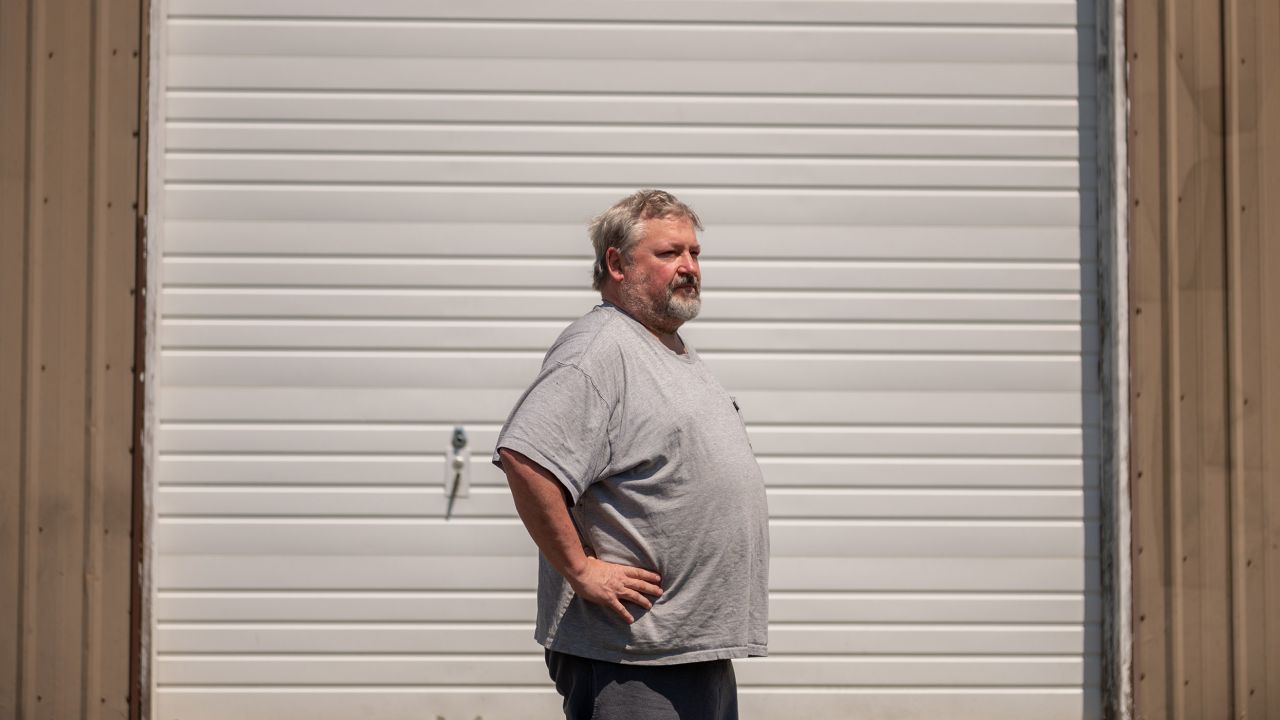
Local shop owner Janice Quist, 64, says their collective trauma is more complex than that.
“It’s definitely not forgotten…it’s not a secret,” she offers up, before conceding that most people just don’t seem to want to talk about the shooting anymore.
Quist, owner of The People’s Goods, is teaching her great-niece Montana how to ring up customers on the cash register. The small, quirky shop, located down the street from Jackson Street Tattoo, sells items sourced from local vendors, farmers and artists.
Montana, 12, says Quist and her store full of homemade crafts and knick-knacks is the coolest, and wants to follow in her great-aunt’s footsteps. Alicia Kutz, her mom, stands close by watching with a smile on her face.
But when the conversation turns to the aftermath of the shooting and how community members dealt with their pain, Kutz, 45, strikes a somber tone. “It was very traumatic,” she says, adding that the city still hasn’t fully healed.
It’s especially difficult to move on when every new mass shooting forces the community to relive its trauma, Kutz adds, tears welling in her eyes. Recent attacks, like those in Parkland, Florida; Uvalde, Texas; and Buffalo, New York, are a “sad, ugly reminder of what it did to us.”
Noticing tears, Montana shuffles over to her mom’s side and takes her by the hand.
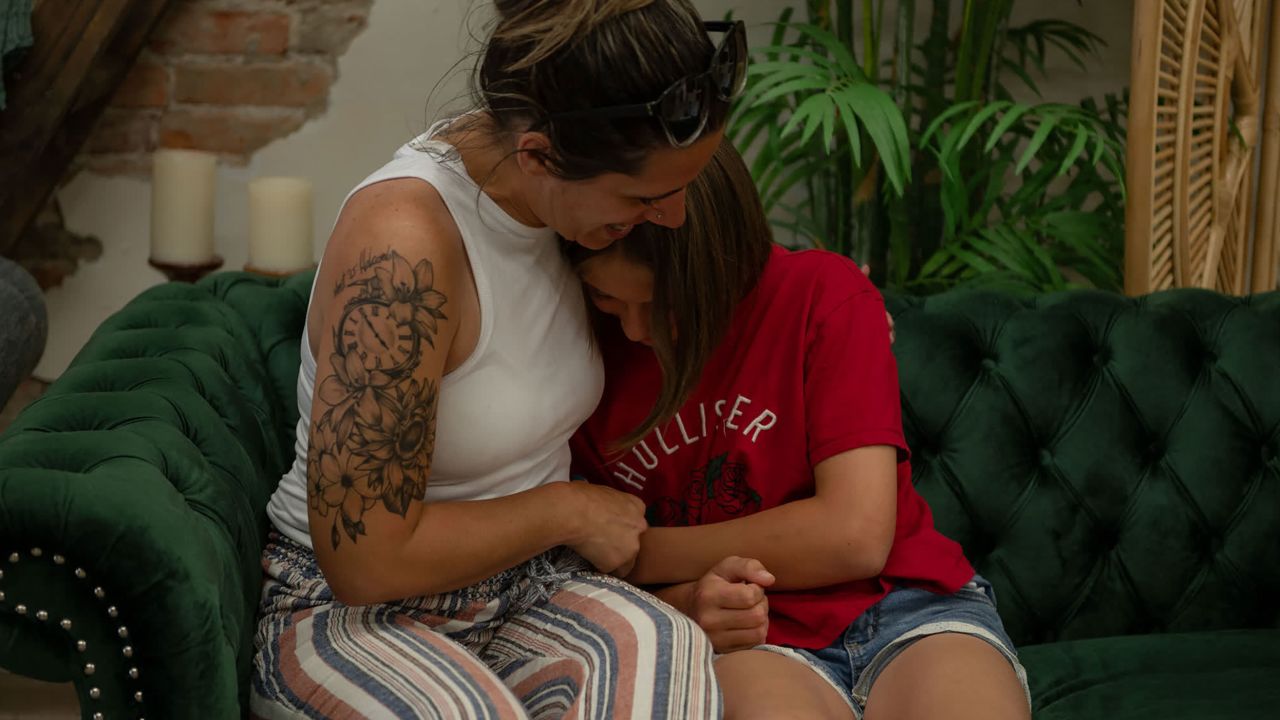
The time passes, but the shadows remain
Across town, on the stairs of the Umpqua Community College memorial, Amadeus Pirrotta sits eating a bowl of Campbell’s soup and staring into the mighty Umpqua River. Most students are home for the summer, but he’s on campus to register for the fall semester.
As a freshman, he wasn’t anywhere near campus at the time of the shooting. In fact, he was attending a high school in Florida.
Still, he can’t help but be curious about it. The few times he’s asked faculty members about their experience, they didn’t say much. “It’s obviously an uncomfortable topic,” he says.
For the most part, Pirrotta, 25, says he feels safe on campus. But it’s difficult to ignore that something horrible happened here.
“Every now and then I’ll walk past that building and it hits me, nine people died right here,” he says, pointing to the recently constructed Tapʰòytʰaʼ Hall. “It’s a weird feeling you can’t ignore.”
Pirrotta leans in, raising his voice to ensure he’s heard over the sound of the river and strong winds blowing branches overhead.
He comments on how there’s not a single person in sight. Moments later, the sun breaks through the canopy of trees and illuminates the memorial, casting nine large shadows on the ground.
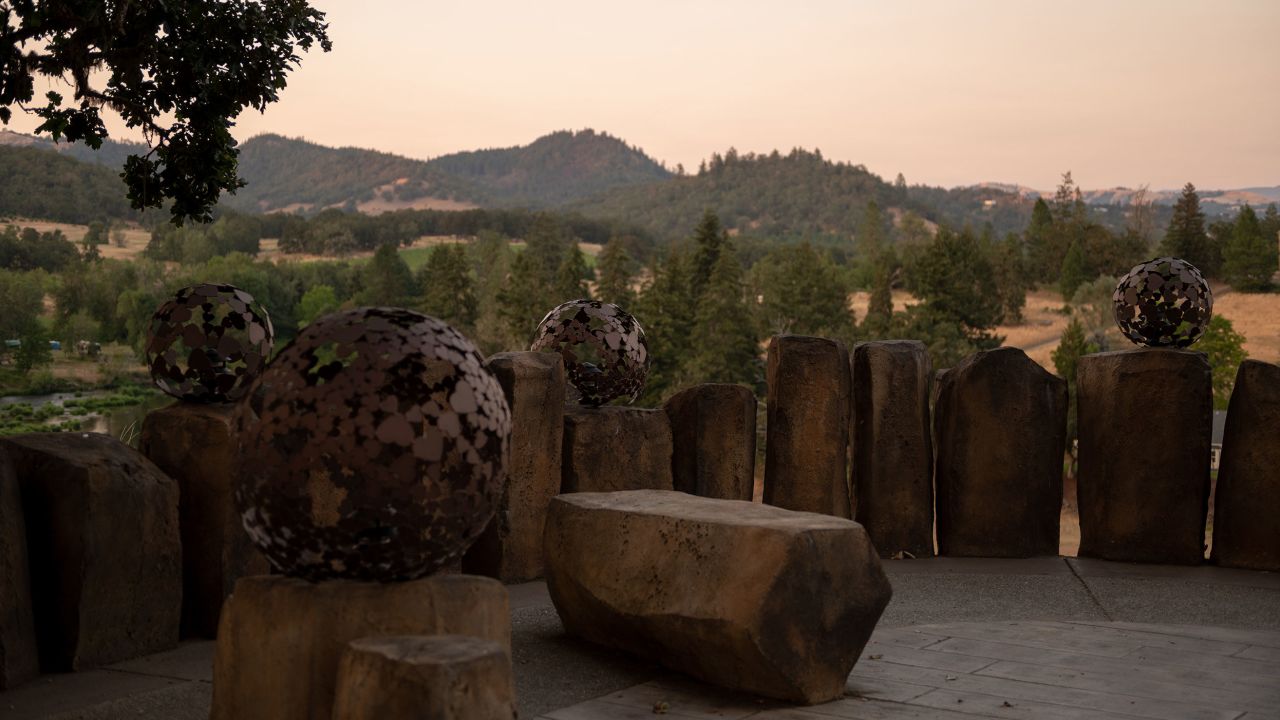
Suicide & Crisis Lifeline:
Call or text 988-The Lifeline provides 24/7, free and confidential support for people in distress, prevention and crisis resources for you and your loved ones, and best practices for professionals in the United States.
Linea de Prevencion del Suidio y Crisis: 1-888-628-9454.








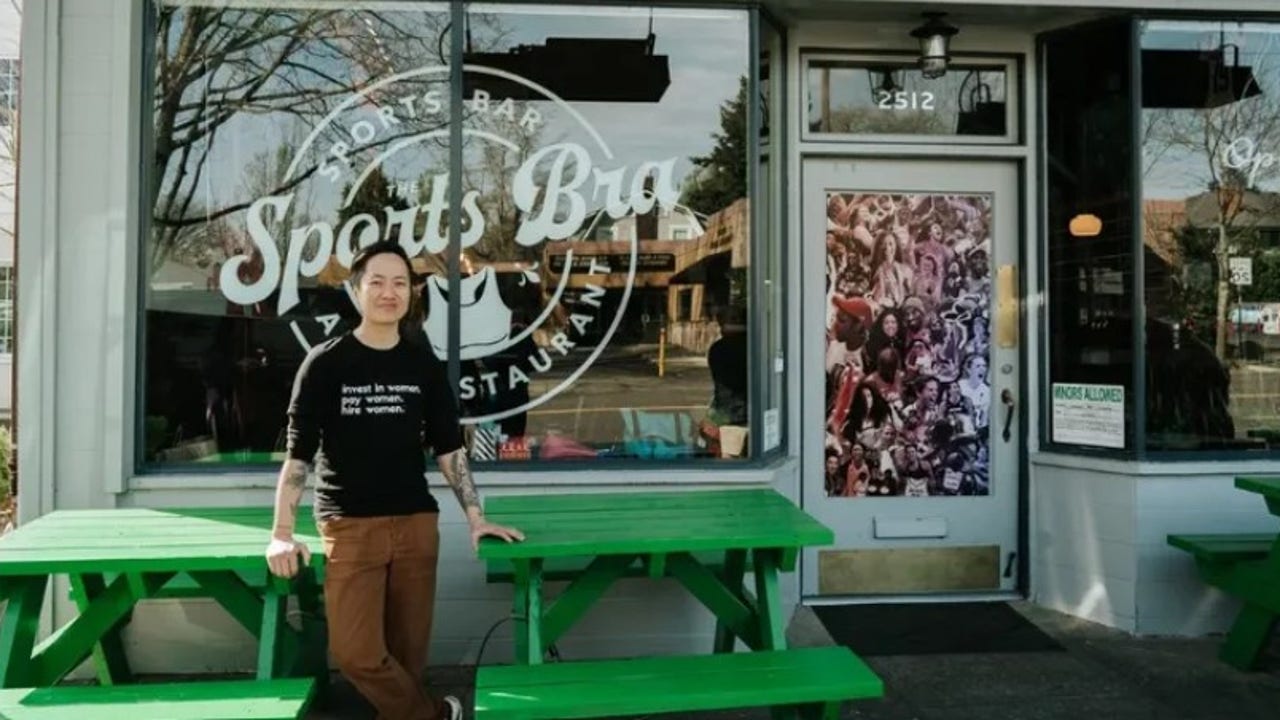








/cdn.vox-cdn.com/uploads/chorus_asset/file/25362057/STK_414_AI_CHATBOT_R2_CVirginia_B.jpg)















